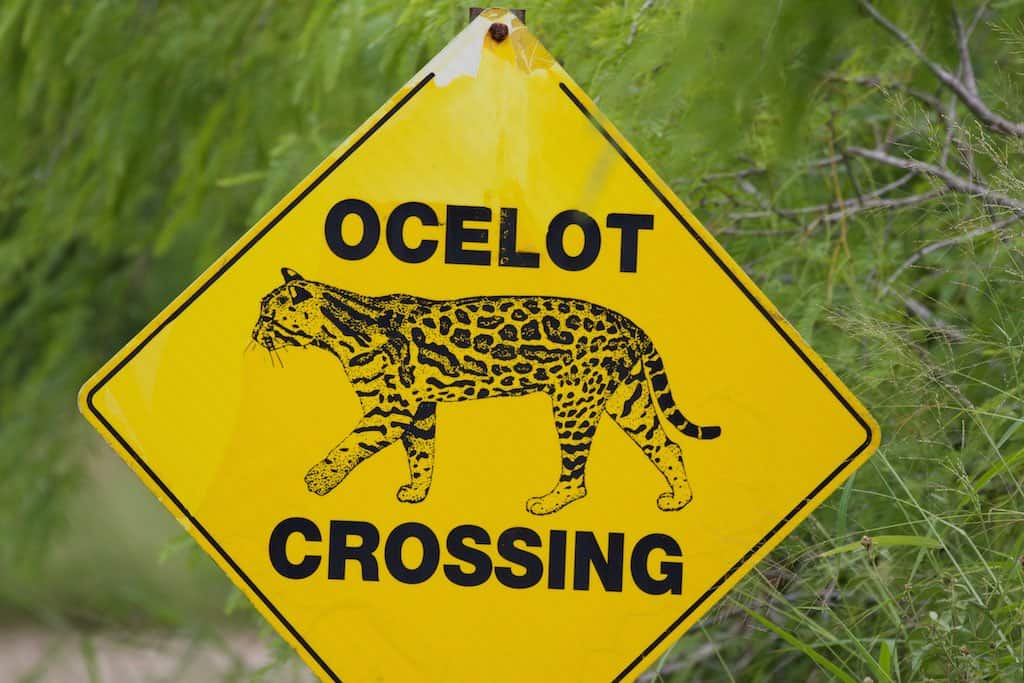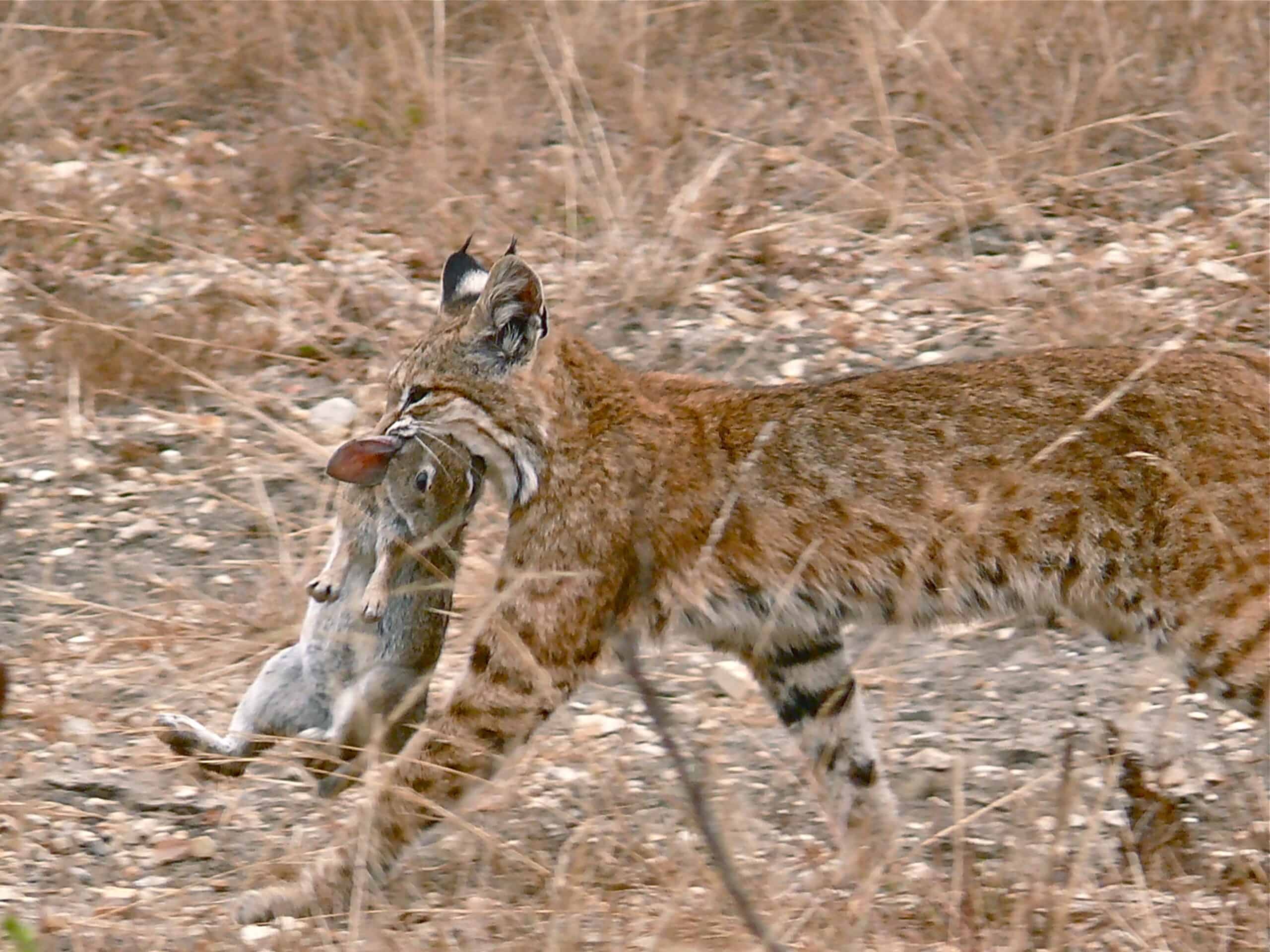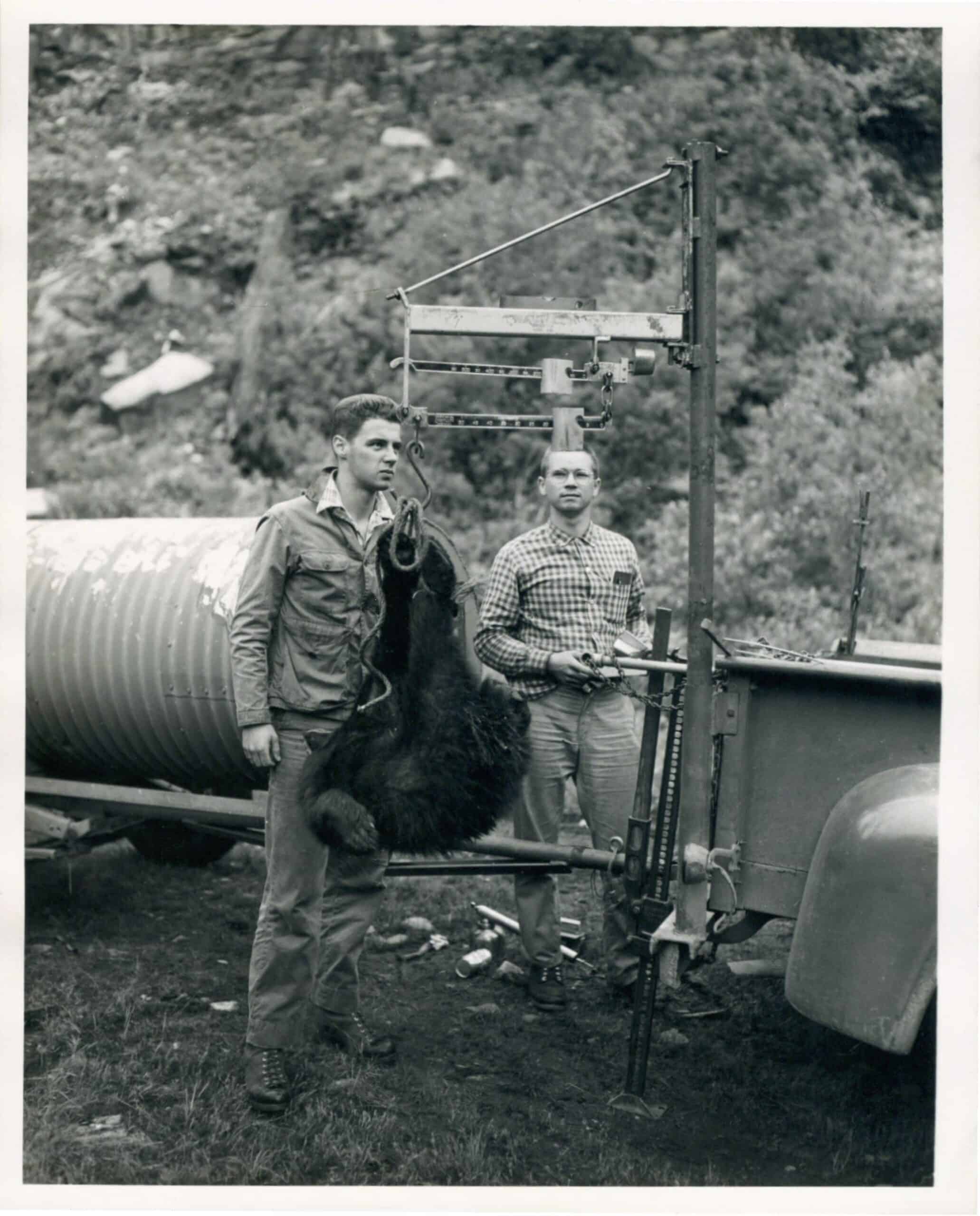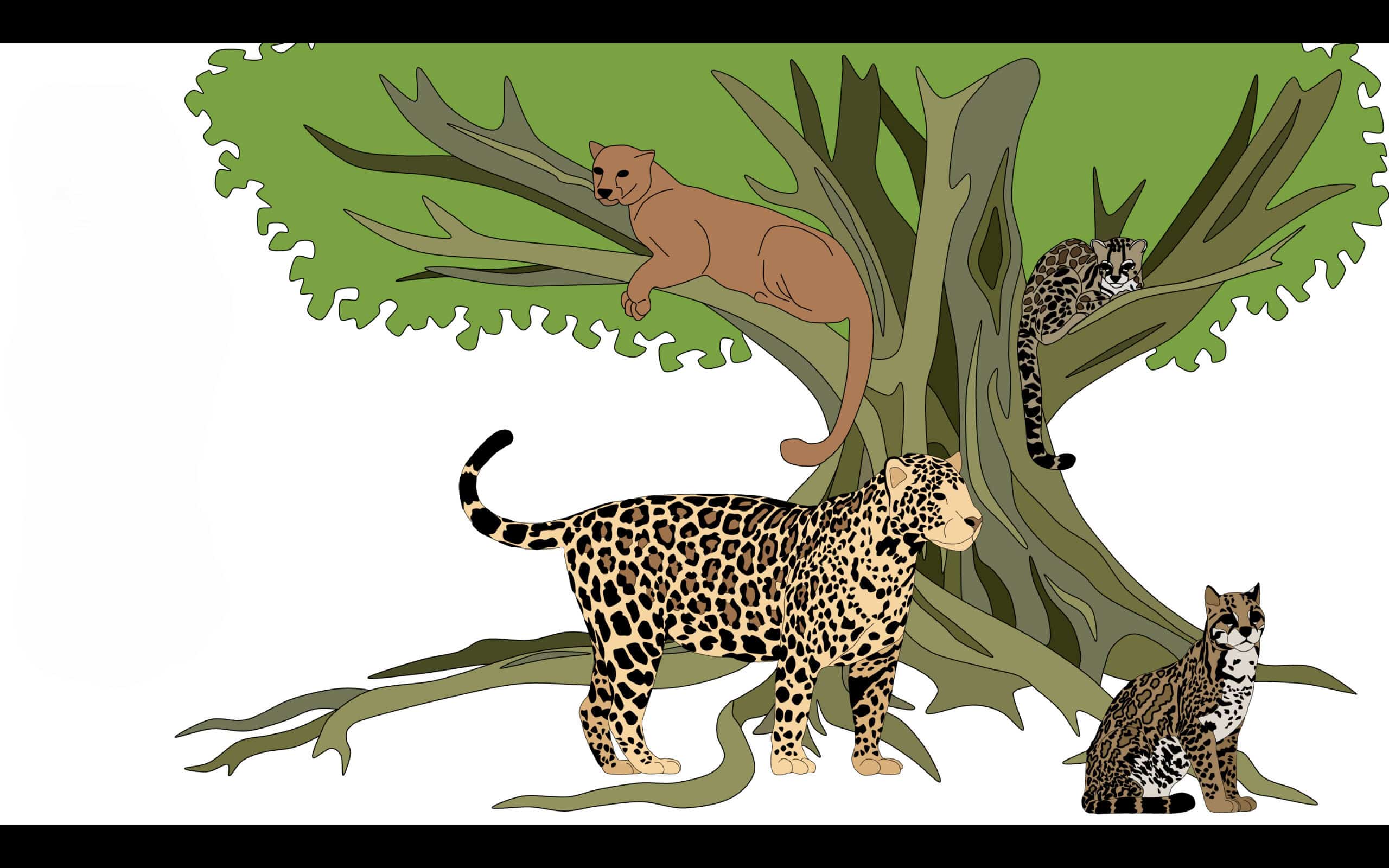Share this article
Wildlife Featured in this article
- Ocelot
What factors influence use of wildlife crossings?
Researchers uncovered characteristics that can influence whether or not wildlife in south Texas use crossing structures
The presence of water, distance to vegetation and structural dimensions may mean the difference in whether or not wildlife use crossing structures. In a recent study published in PLOS One, researchers from the University of Texas Rio Grande Valley used camera traps to examine wildlife interactions with specific wildlife crossing structures and wildlife guards, as well as fencing, built to protect the endangered ocelot (Leopardus pardalis). They compared crossing rates at the various structures, what repelled animals from the structures, as well as the multitude of species that use them. They found that the success of crossing structures was based on a number of factors. Water presence, distance to vegetation and structural dimensions stood out as factors that influence the success of crossing structures. Researchers hope the study’s findings can influence the future construction of species-specific road mitigation structures.
Read more from PLOS ONE.
Header Image: An ocelot crossing sign is posted along a roadway at Laguna Atascosa National Wildlife Refuge in south Texas. Credit: Bettina Arrigoni








